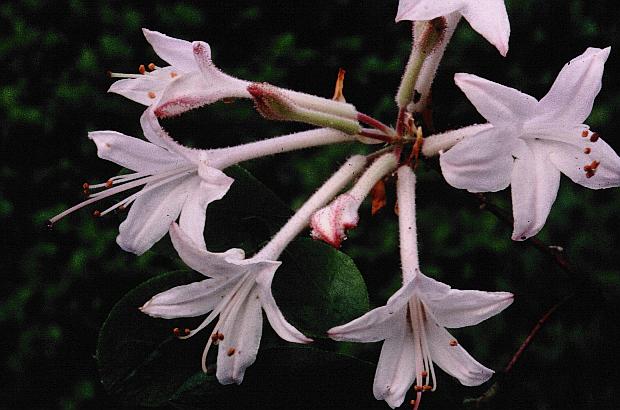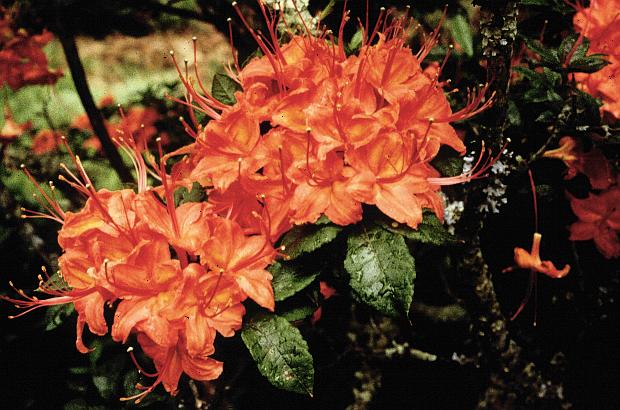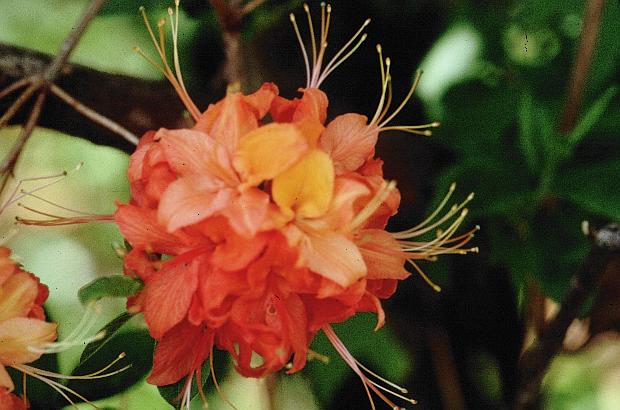Here is the long promised Reggie update.
You are probably wondering" what is a reggie?"
Reggie is the absolute MESSER turtle that dominates my life and wicks away all/any tiny bits of extra income.
He is also the great love of my life.
Reggie is a musk turtle [Sternotherus odoratus]. Musk turtles are small, aquatic turtles native to North America. They are highly aquatic, spending most of their time in the water. They are also called stink-pots because of their recognizable defensive technique of releasing stinky odors from musk glands when they feel threatened. I don't know if it is because Reggie has pretty much always lived in captivity or because he is just a cool dude, but I have never had any problems with musking, and he only tries to bite people he doesn't recognize.
Stinkpots are a great size for aquaria; they only get between 2-5.5 inches long. They are meat eaters and will readily eat frozen shrimp, earthworms, crickets, and ghost shrimp when they can catch them, as well as carrion.
Reggie was discovered in July of 2011 as a tiny hatchling in the parking lot of the Mountain Horticultural Crops Research Center in Mills River, NC. And he was way small. Like the one of the smallest non-insect things I had ever seen.
Reggie in July 2011:
Reggie with a NICKEL for size:
Musk turtles give birth to some of the smallest turtle babies, and Reggie was no exception. Over the course of a year and a half, he has easily quintupled in size, and grew from a tiny, timid hatchling to a tiny kraken of his freshwater tank that he currently shares with a bunch of other critters I've accumulated along the way.
Here is Reggie today [with a nickel for scale!]
What a handsome boy.
Reggie with one of his moss balls [actually a type of algae from Japan]
This is Reggie's complete tank.
The living things: two moss balls, a rose sword, an anubias, some floating plants whose name I will look up, 5 guppies, 5 rasboras, 2 snails, 3 ghost shrimp, and 4 rescued rummy nose tetras.
The non-living things: a filter, a heater, a reggie platform, a tube light, a special UVB light for reggie, filters that are replaced weekly, water testing strips, buckets for water changes, food for all the critters [frozen brine shrimp, frozen bloodworms, frozen shrimp, spirulina flakes].
I know what you're thinking! Waaay to much in a tank, but this set-up only has to hold for about 2 more weeks, when I move Reggie and the critters to their new homes, a 30 tall and a 20 long [for the fish--the rasboras and the rummy noses need some more individuals to fill out their ranks].
Reggie is a fascinating pet. Growing up, my father always kept snakes and I had assumed that Reggie would be as boring as a snake, but he is a totally different personality altogether. He is constantly roaming around the tank, has clearly come to recognize the people who feed him, and looks at you with the most intelligent little eyes.
He is very active, is a lot of fun to watch eat, and, despite being a carnivore, is more than willing to tolerate tank mates. The fish do not appear to be stressed by him and he doesn't appear to bother them [even though the addition of the rummy-nosed tetras was clearly beyond the capacity of the tank, they are great canaries for water quality and predator stress as their little red noses will pale to clear and their noses have stayed a nice cherry red].
People also seem to really like Reggie, especially watching the crazy poses he makes when hanging from the plants all matrix-y-like.
Fair warning though, freshwater tanks can be addictive. Here is Ryan's newt tank [this is my first attempt at using the iphone panorama so it looks a little funny, but it is probably the best newt tank in the city]:
Those little blue ceramic pieces were made by the amazing Heather, who makes all kinds of cool dishware and random requests for things like aquaria and terraria.
Adventure is out there.


































